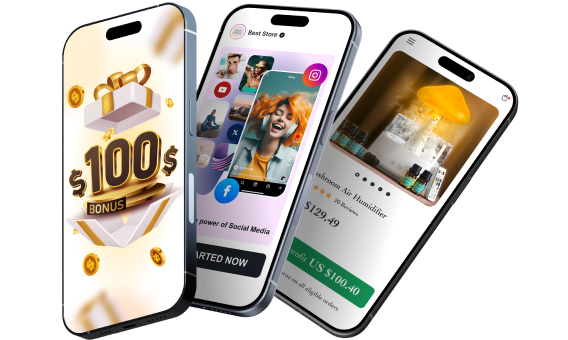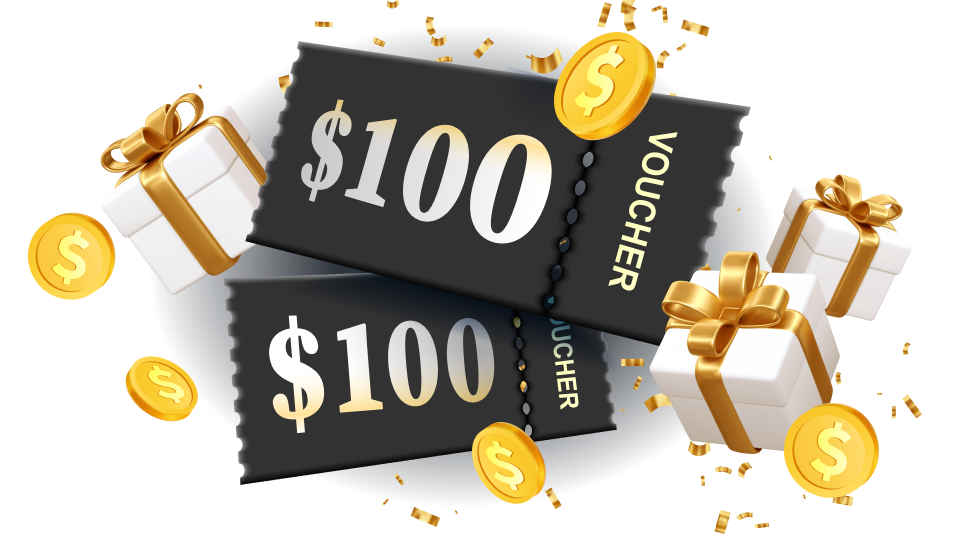How Much Does Spotify Pay? A Deep Dive Into Streaming Royalties And Artist Earnings
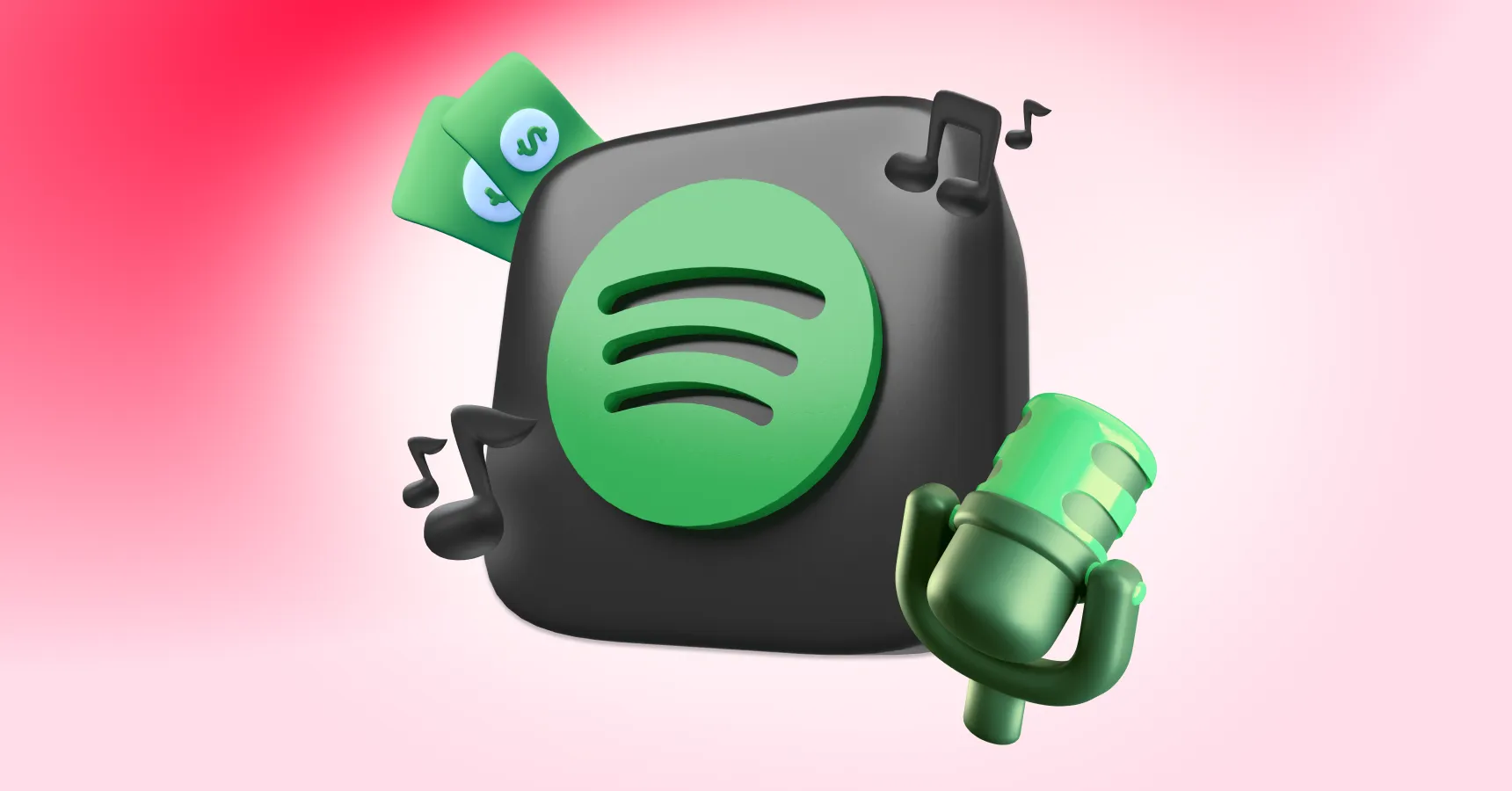
“So, how much does Spotify pay?” It’s the question nearly every new artist asks when they see their streams piling up. The truth? There’s no simple answer. Earnings depend on a mix of factors – who’s listening, where they’re listening from, and how your music is distributed.
That’s where Spotify royalties get tricky. A thousand streams for one artist might earn a few dollars, while another sees something very different. It’s not about luck – it’s about understanding how the system works.

The basics behind your Spotify earnings
Before we look at numbers, it helps to know how Spotify actually pays artists. It’s not as simple as “one stream equals a few cents.” The payouts don’t come straight from one source – they flow through several layers before reaching artists and other rights holders.
Here’s how it works. Every time someone streams a song, Spotify collects revenue from two main places: premium subscriptions and ads from free users. That total pot doesn’t go straight to you – it’s divided among all rightsholders. That could be your label, your publisher, or yourself if you distribute independently. How much ends up in your pocket depends on the deal you’ve signed.
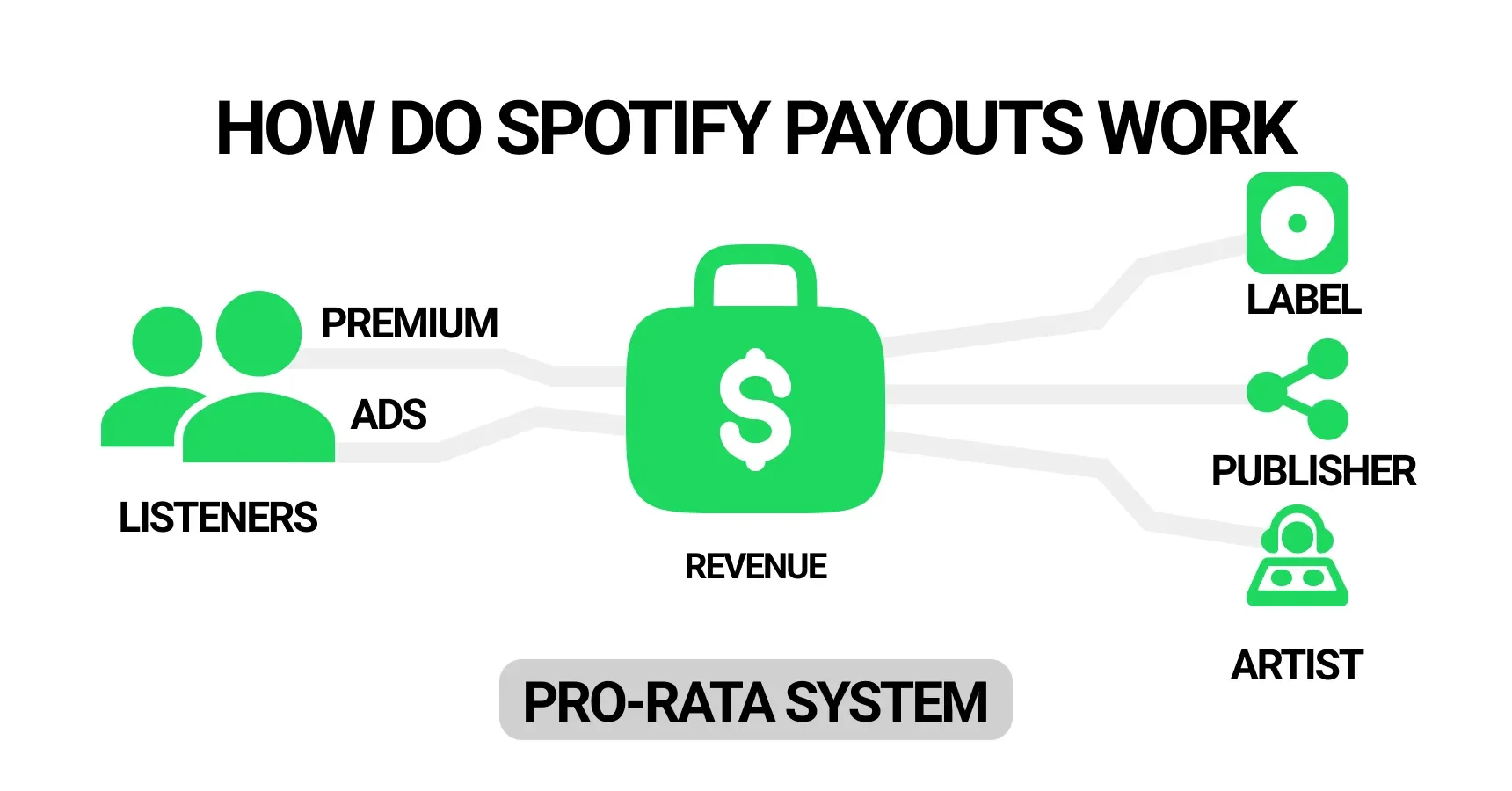
Spotify also uses a pro-rata system. Your payout isn’t just about how many times your song was played – it’s about how your streams compare to the total streams on Spotify during that period. For example, if your track accounts for 0.001% of all streams that month, your earnings come from that slice of the revenue pie.
Other things can affect what you see in your account. Streams from premium listeners pay more than free listeners. Geography matters too, because subscription fees and ad revenue vary from country to country. Finally, proper registration of your tracks with distributors and rights organizations ensures you actually receive all the money you’re owed.
Spotify royalties aren’t a fixed number per stream – they’re the result of a flow of money shaped by users, geography, and agreements. Once you understand this flow, it becomes much easier to make sense of the payout numbers we’ll cover next.
How much you can actually make per stream
Estimated payout rates
Now that we understand how Spotify channels money, let’s look at what artists actually earn per stream. Keep in mind – these are estimates. Spotify doesn’t release fixed per-stream rates, so all numbers you see are averages from industry reports and independent analyses.
On average, most sources suggest that Spotify pays between $0.003 and $0.005 per stream. That might sound tiny – and it is – but it’s important to remember this is just the starting point. For example:
1,000 streams → roughly $3 to $510,000 streams → roughly $30 to $501,000,000 streams → roughly $3,000 to $5,000
Notice how the numbers scale – but also how they still feel small if you’re hoping for a paycheck from just a few thousand streams.

Why such variation? You’ve already seen part of the answer in the last section – Premium vs free listeners, location, and contract type all shift your payout. But let’s add one more layer: the kind of audience you attract. A loyal, Premium-heavy fan base in high-paying regions can double what a similar track earns elsewhere.
For example, an indie artist with 100,000 mostly Premium streams from the US might see around $400–$500, while another artist with the same number of global ad-supported streams might earn closer to $200–$250.
So when people ask “how much does Spotify pay”, the real answer is, “it depends.” The per-stream rate is just the start – the context fills in the rest.
What really shapes your Spotify earnings
Key factors that affect payouts
By now, we’ve covered the main pieces: how Spotify pays, what an average stream is worth, and why it’s not a fixed rate. Let’s go one step deeper and break down the specific factors that push your earnings up – or hold them back.
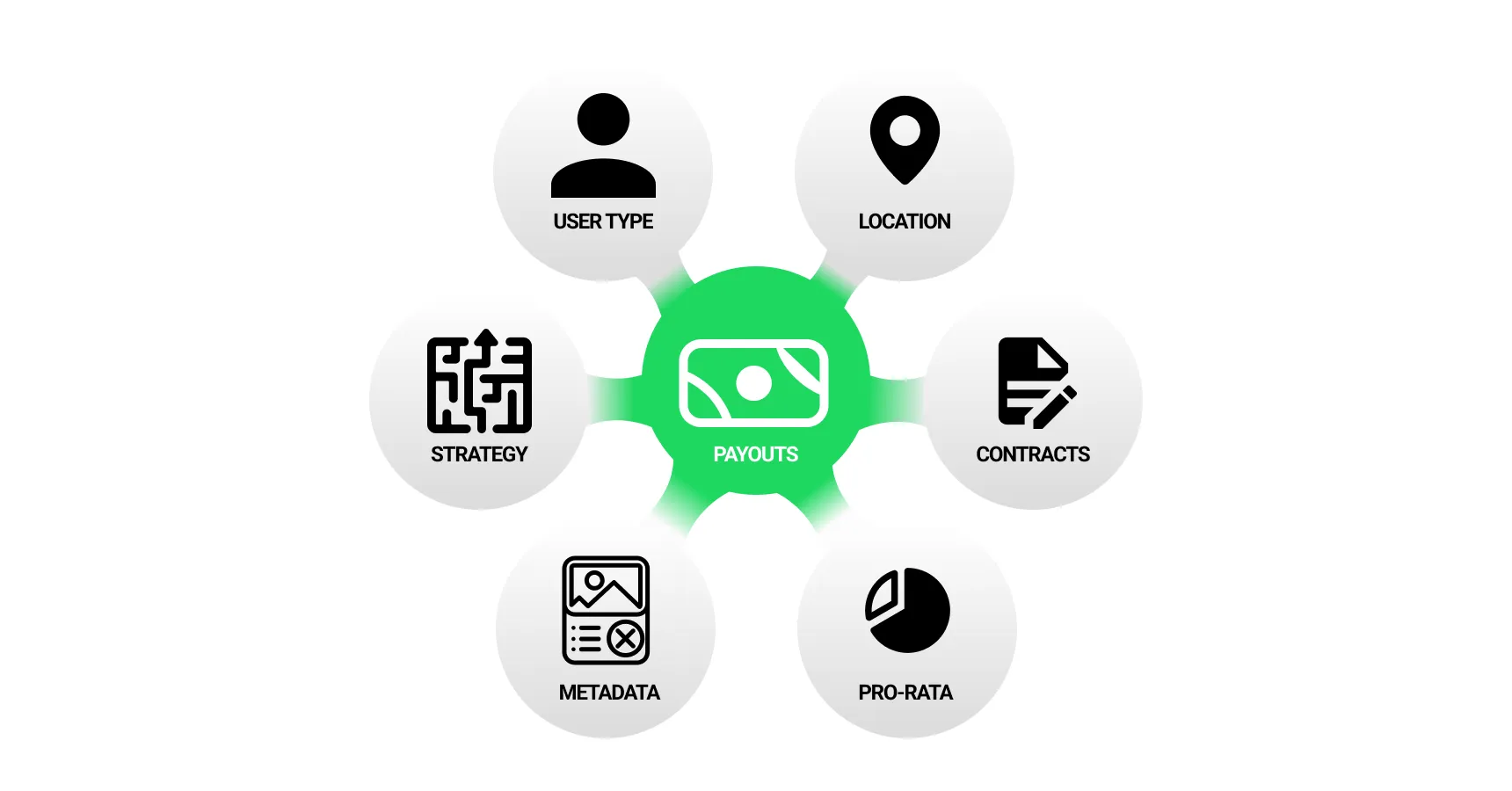
1. Premium vs free listeners
We mentioned this earlier, but it’s worth repeating because it’s one of the biggest levers. Premium streams pay more since they come from subscription revenue, while free streams rely on ad money, which is smaller. The takeaway? A Premium-heavy audience boosts your payout potential.
2. Geography matters
Let’s connect the dots. A stream in the US or Western Europe typically earns more than one in markets where subscriptions cost less. You can’t control where your fans are, but knowing this helps shape your marketing strategy.
3. Label and distribution deals
If you’re signed to a label, they take a share before the money reaches you. Even independent artists lose a small cut to distributors or publishing splits. That’s why two artists with identical streams can end up with very different payouts.
4. Your share of total streams (pro-rata model)
Spotify distributes revenue based on your streams relative to total platform streams. If the platform has a billion streams in a month, your earnings depend on your slice of that billion. More streams overall on Spotify mean each stream is a smaller piece of the pie.

5. Registration and metadata accuracy
It might seem small, but registering your tracks correctly with distributors, ISRC codes, and rights organizations is critical. Mistakes can mean missed payouts or delayed payments.
6. Release strategy & song performance
How you release your music – timing, promotion, playlist placement – can indirectly affect your per-stream value. Songs that reach premium-heavy playlists in high-paying regions naturally earn more per stream than those that don’t.
In short, Spotify royalties are influenced by a mix of user type, location, contracts, metadata, and strategy. Understanding these factors doesn’t just explain the numbers – it gives you control over your earnings.
Real stories: What artists could earn on Spotify
Let’s play out a few hypothetical scenarios to make the numbers easier to grasp:
Scenario 1
Picture this: you release a song, it gets 100,000 streams, mostly from premium subscribers in the US and Europe. You’re handling distribution yourself, so there’s no label taking a cut. In this case, you might end up with around $400–$500. Not a fortune, but not nothing either. It’s roughly $0.004 per stream – right in the middle of the usual range you’ll hear about.
Scenario 2
Now, imagine the same number of streams, but most listeners are on free accounts scattered around the globe. Your earnings could drop to $200–$250. Same play count, very different outcome – because ad-supported streams just don’t pay as much as premium ones.
Scenario 3
Picture a song hitting 1 million streams with label support. The promotion and playlist placement help the numbers, but labels and publishers take their share. That $4,000 gross might shrink to $1,000–$1,500 for the artist. It’s a reminder that higher exposure doesn’t always mean more money in your pocket.
“How much does Spotify pay” is about who’s listening, where they’re listening, and the deals behind the scenes. Per-stream numbers are just the tip of the iceberg. By connecting the dots between streams, contracts, and listeners, you can make moves that actually increase what lands in your pocket.
Tips to make the most of your Spotify earnings
Practical ways to boost your revenue
So, you’ve got your streams rolling in. The next step: how do you make them actually pay off? There’s no secret hack, but there are smart moves that can tip the balance in your favor.
1. Focus on premium listeners
Think about ways to reach them – playlist placements, social campaigns, or even collaborations with artists whose fans are already premium-heavy.
2. Pay attention to geography
If you notice certain regions giving better returns, it’s worth nudging your promotion efforts there. Try targeting your posts or teaming up with creators in those regions – small efforts here can really boost your earnings over time.
3. Double-check your metadata
It might sound tedious, but your ISRC codes, publishing info, and distributor registrations need to be correct. Make it a habit to verify everything.

4. Choose your distribution wisely
If you’re independent, pick a distributor that offers favorable splits. If you’re with a label, understand exactly what percentage you’ll receive.
5. Think strategically about releases
Think carefully about timing and playlist strategy. Release consistently, aim for premium-heavy playlists, and focus on regions that pay more per stream. Smart planning can push your earnings higher without changing the number of streams.
6. Don’t rely on Spotify alone
Streams are just one piece of the puzzle. Merch, gigs, licensing, and side projects can all complement your Spotify income. Treat streaming like a lever – use it alongside other efforts to make it work harder.
The main point? You can’t control everything, but you can influence the things that matter. Focus on strategy, quality, and accuracy – and your streams will work harder for you.
The future of Spotify payments
Trends and changes to watch
Spotify doesn’t stand still, and neither do its payouts. If you’re thinking about long-term earnings, it helps to know what might be changing and how you can adapt.
One major conversation in the industry is the shift toward a user-centric payment model. Right now, Spotify pools revenue and distributes it based on total streams. A user-centric model would direct each listener’s subscription money only to the artists they actually listen to. If this happens, your earnings could become more predictable – especially if you have a loyal fanbase that listens consistently.
Another trend is global growth. Spotify is expanding in new markets, which could change payout averages. Some regions have lower subscription fees, so if your audience grows there, your per-stream earnings might drop.
Keep an eye on independent artist tools. Spotify and distributors are constantly updating analytics, royalty tracking, and monetization features. Using these tools wisely can give you more clarity and control over your income.
Even though the numbers can fluctuate, there’s still plenty you can control to make your streams work harder for you.

Make Spotify one part of the bigger picture
So, what did we learn? There isn’t a single answer to “how much does Spotify pay” – and there probably never will be. Payouts shift with who’s listening, where they are, whether they’re on Premium, and how your release is set up. It’s not random, but it’s not one-size-fits-all either.
What is clear is this: small, consistent moves matter. Loyal listeners over vanity streams. Clean metadata so nothing slips through the cracks. Smart release timing. A little patience. And yes, a bit of grit on the days the numbers feel slow.
If you stay curious, keep releasing, and treat Spotify as part of a wider strategy, your streams won’t just be numbers – they’ll be proof your audience is growing, step by steady step.
You’ve got room to build here. And you’re already moving in the right direction.
Start earning online with dropshipping
You’ve seen how understanding the system gives you more control over your Spotify earnings. But here’s the thing: relying on one platform alone can be limiting. Just like diversifying a portfolio, building multiple streams of income gives you flexibility and stability.
One way to do that is by stepping into ecommerce with dropshipping. It’s a different type of hustle, but it works on the same principle: learn the rules, use the right tools, and focus your energy where it counts. Let’s take a closer look.

The idea is simple: you sell products in your online store, but you don’t keep them in stock. When someone buys, the supplier ships it straight to the customer.
Sounds easy, right? And it can be – but here’s the catch. Setting up a store, finding suppliers you can trust, and keeping track of everything can get messy fast. Apps don’t always play nice together, the tech can be confusing, and suddenly what seemed simple feels like a full-time job before you even make a sale.
That’s where having a helping hand makes all the difference.
Why AliDropship makes dropshipping easier
AliDropship is built for people who want to jump into dropshipping without starting from scratch. For $39 a month, you get a store that’s already set up, products ready to go, and tools that handle a lot of the boring, repetitive stuff automatically.
Here’s what’s great about it:
- A ready-to-go store with products that are already selling;
- Automation for orders, inventory, and promotions – so you spend less time on the tech and more on growing your store;
- Works for beginners – no coding or marketing degree needed;
- A 14-day free trial, so you can try it without spending anything upfront.
The product selection is impressive, too. You can grab curated bundles of fashion, footwear, tech gadgets, or luxury items. And if you want branded products, AliDropship partners with names like Tommy Hilfiger, Calvin Klein, Levi’s, Armani, and Gucci. These aren’t random suppliers – they’re authorized and reliable.
The best part? Most of the heavy lifting runs on autopilot. From day one, your store can start selling while you focus on marketing, connecting with customers, and figuring out your next move. Instead of juggling a dozen tools, you get one store that just…works.
Put simply: if you want to start dropshipping without getting lost in the tech, AliDropship gives you a head start. You can skip the stress and get straight to selling.
Need a beginner-friendly platform that actually delivers?🚀 AliDropship is trusted by thousands – and it’s built to make your life easier from day one.
